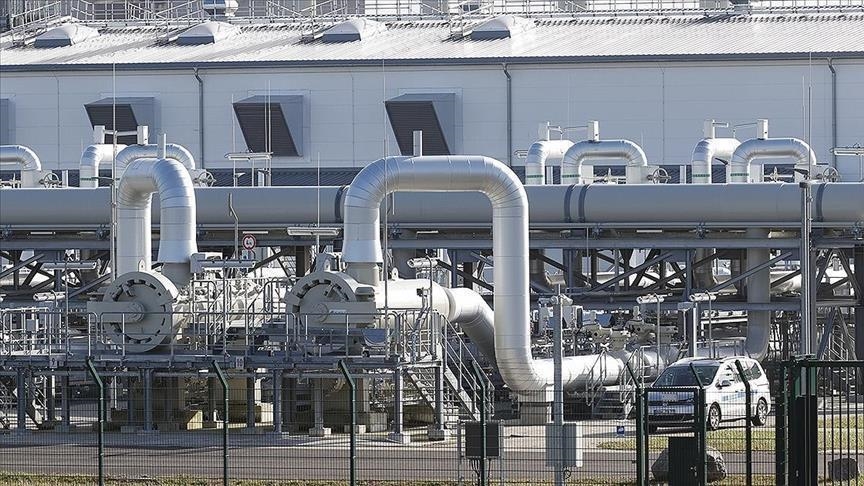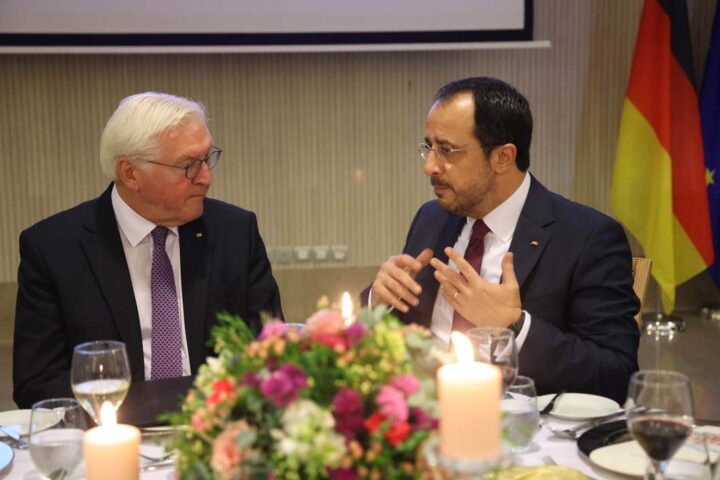The current European natural gas markets still are looking at very high price settings, while demand is below historical levels, and supply could be hit by Asian demand increases.
Since the Russian invasion of Ukraine, Europe’s former fledgling LNG import strategies and capacity has changed dramatically.
Within a year, European countries, especially Germany, France and the Netherlands, have been putting in place a wide range of new LNG regasification capacities to allow increased imports to hit markets.
Thanks to the availability of US LNG volumes, a real European energy crunch has been deflected, even though overall price settings have caused a dramatic demand decrease and blood on the streets for energy-intensive industries.
To prevent this from happening again, additional LNG import capacity is being planned, as Europe’s import capacity is slated to increase from 270 BCM in 2022 to 400 BCM in 2030.
Even the main underlying reason for this drastic expansion of import capacity is clear, the security of the energy supply; the picture in 2030 is much less bright than currently being indicated by politicians and market players.
In a new report by the Institute for Energy Economics and Financial Analysis (IEEFA), it warns that 60% of total capacity in 2030 could be stranded assets.
Based on IEEFA analysis, around 250 BC (60%) of the 400 BCM in 2030 will be idle, as demand is expected to be only around 150 BCM.
In this scenario, as the IEEFA said, only 36% of the total capacity will be utilized.
Most of the assets under severe pressure around 2030 are expected to be in Spain (50BCM), Turkey (44BCM) and the UK (40BCM).
If the assessments of the IEEFA materialise, the current LNG import capacity expansion plans are just a very expensive insurance policy.
IEEFA’s Ana Maria Jaller-Makarewicz, stated: “This is the world’s most expensive and unnecessary insurance policy.
“Europe must carefully balance its gas and LNG systems and avoid tipping the scale from reliability to redundancy.
“Boosting Europe’s LNG infrastructure will not necessarily increase reliability – there’s a tangible risk that assets could become stranded”.
In addition to the above-mentioned countries, also France (14BCM), Italy (10BCM) and Germany (9BCM) are under threat of looking at stranded assets in 2030.
European politicians and market parties should have a new reality check.
The total LNG import capacity, planned and already in place, will be around 400 BCM in 2030, while overall, Europe’s gas consumption in 2021 (before Ukraine), was at 413 BCM.
The IEEFA expects that total gas demand (pipeline-LNG) will be around 390 BCM in 2030.
It could be even much lower if EU plans currently being implemented will be reducing gas usage inside of the continent by 30-33% by 2030.
Imports of Russian LNG in Europe are again increasing substantially.
With 80% of total Russian pipeline gas to Europe removed from the market, Russian LNG imports increased by 12% in 2022, reaching 20.2 BCM.
While media and politicians have been looking at the increased role of US LNG and Qatar, Russia silently is the 3rd largest exporter of LNG to Europe.
The EU’s largest LNG importer is France, with 35.7 BCM, of which 7.4 BCM came from Russia.
Spain’s LNG imports hit 29.5 BCM in 2022, with 5.2 BCM from Russia.
When taking 2022 figures as a comparison, France and Belgium have increased the import of Russian LNG by 58%, followed by Spain, showing a 50% increase.
The only one cutting Russian LNG imports dramatically is the UK, which decided in April 2022 to halt Russian gas imports. In 2022 three countries started to import Russian LNG, Greece, Turkey and Italy.
The above-painted picture is rather a bleak one, but threats are emerging also on other levels. China and India are back in the market for LNG again.
Even if total LNG imports of Europe in 2023 are not yet directly threatened, or a new energy crisis is imminent, renewed market pressure is to be expected.
Asian tigers are back with a vengeance and will be pushing some European parties out of the market.
As long as most Europeans are betting on a mild winter scenario and lower demand, which is already causing economic hardship and destruction of industrial capacity, Brussels and its compatriots will only hit the spot markets.
Asian parties, however, are going for the real approach, long-term contracts which will be enticing enough for even US LNG producers to turn the bow of their vessels to go West.
If all of this is going to materialize further, the IEEFA report could be even more optimistic, as fewer LNG volumes would be hitting European shores very soon.
To expect that LNG regasification plants or RFSUs could be used for green hydrogen imports before 2030 is really believing in miracles, which never happen in hydrocarbon or energy markets.
Cyprus
When looking at East Mediterranean LNG issues, the picture is the same.
Even so, plans are still there to have LNG regasification in Vassiliko (Cyprus) and Greece.
These projects will largely depend on the availability of additional LNG volumes coming either from the East Med (Egypt, Israel) or potentially from Algeria and, maybe in the near future, even Libya.
To counter possible low supply, as Asian markets are going to be a renewed, highly attractive competitor, more will need to be done to have these volumes available long-term.
Cyprus, Greece and others will have to reconsider maybe there current LNG sourcing strategies, going from spot-market availability to a long-term contract situation.
Without contracts of 15-20 years duration, it will be hard for a relatively small LNG market such as Cyprus or even Greece to be a hotspot for East Med deliveries.
The cost of LNG could also be too high if other competitors are willing to pay top levels.
Taking the latter into account, the FSRU currently being converted by Cosco Shipping Heavy Industry in Shanghai, China, could be one of the first real casualties, as prices of LNG on the market are expected to stay high, maybe even constraining a real commercial approach for future Cypriot plans.
Greece also could be hit, higher gas prices, and especially LNG, will need to compete with available natural gas via pipelines from other sources.
By Cyril Widdershoven, Geopolitical disruptive thinker, focused on Commodities, Geopolitics, MENA & Security










